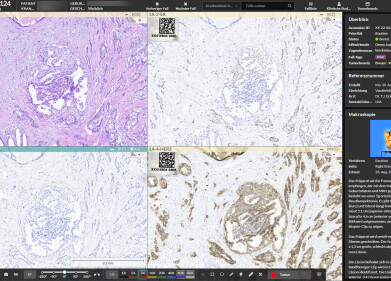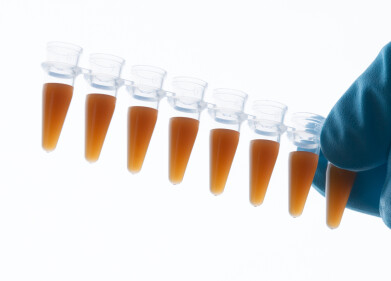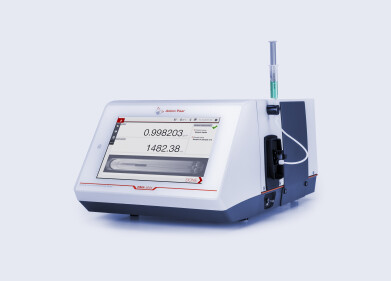Laboratory Products
What Are the Symptoms of Ebola?
Mar 05 2017
Since late 2013, Ebola has caused thousands of deaths in West Africa. The disease was almost confined to Liberia, Sierra Leone and Guinea, but still managed to kill over 11,000 people. Despite the outbreak ending between March and June 2016, it could still wreak havoc were it to return.
To prevent potential future outbreaks being quite so destructive, scientists are developing a method – known as the Ebola “scorecard” – to catch the disease early. Read on to see what symptoms are on the scorecard.
The importance of time
Catching any disease early tends to improve chances of survival, and that’s no different for Ebola. According to the latest study – Predicting Ebola Severity: A Clinical Prioritization Score for Ebola Virus Disease – each day can have a significant impact on survival chances. In fact, patients’ chances of dying rose by 12 percent for every day without treatment in the first week of the illness.
This is made even more prominent when you consider the stretched time and resources of the doctors. With so many people suffering simultaneously in these outbreaks, doctors have to determine who requires treatment most urgently.
“It can be very difficult to avoid bias when choosing which Ebola patient should be given extra care when you have limited time and resources. Should it be that sweet 7-year-old girl in the corner with a bad cough or the really athletic 45-year-old man who was a bit confused earlier? Our score suggests that it should be the latter,” says Mary-Anne Hartley, lead author of the study.
Ranking symptoms
The new diagnosis method works by scoring the symptoms. By looking at patients from the previous outbreak, doctors have been able to determine which symptoms and personal factors are potentially more fatal than others:
· Disorientation – Over 94 percent of fatalities reported disorientation as one of the key symptoms, increasing the likelihood of death 13.1 times over.
· High viral load – Higher amounts of virus in the blood can make patients 12.6 times more likely to die
· Age – People between 5 and 25 are the “low risk” group. Those over 45 are the highest risk group (11.6 times more likely to die), followed by children under 5 (5.4 times more likely)
· Symptom duration – As discussed, the longer a patient has felt the symptoms, the more urgent treatment is required.
· Hiccups
· Diarrhea
· Inflamed eyes
· Difficulty breathing
· Muscle pain
New ways of treating diseases
As well as quick diagnosis, serious diseases can be better tackled with new and innovative treatments. But medical research relies on accurate methods and highly efficient equipment to make these breakthroughs. ‘Advanced Temperature Measurement for Breakthrough Medical Research’ looks at how infrared cameras are emerging as the optimal solution for temperature measurement in a laboratory environment.
Digital Edition
International Labmate 49.6 - Sept 2024
September 2024
Chromatography Articles - HPLC gradient validation using non-invasive flowmeters Mass Spectrometry & Spectroscopy Articles - From R&D to QC, making NMR accessible for everyone: Putting NMR...
View all digital editions
Events
Oct 15 2024 Milan, Italy
Oct 17 2024 Dhaka, Bangladesh
Oct 20 2024 Fort Worth, TX, USA
Oct 21 2024 Dalian, China
Oct 30 2024 Birmingham, UK






.jpg)











